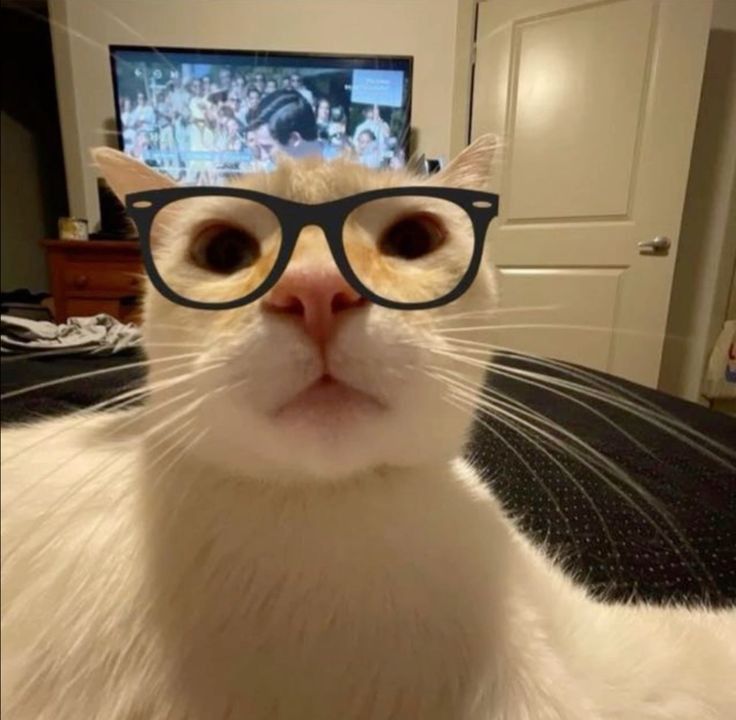Piliavin's subway study
Cards (9)
- Bystander behaviour
- Prosocial behaviour
- Aim of Piliavin's subway study (1969)
- Method of Piliavin's subway study (1969)
- Results of Piliavin's subway study (1969)
- Conclusion of Piliavin's subway study (1969)
- Evaluation of Piliavin's study (1)
- Evaluation of Piliavin's study (2)
- Evaluation of Piliavin's study (3)
